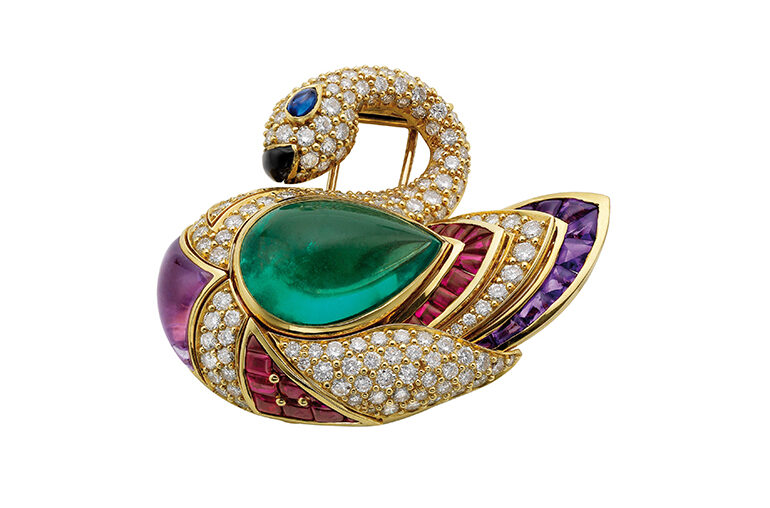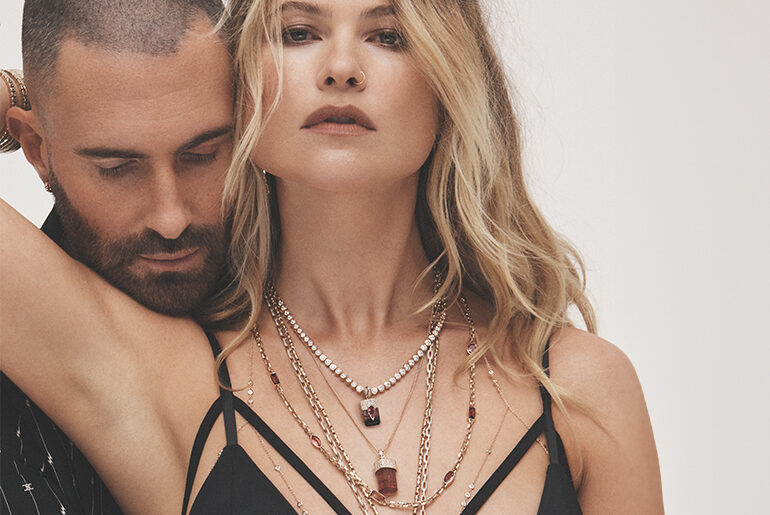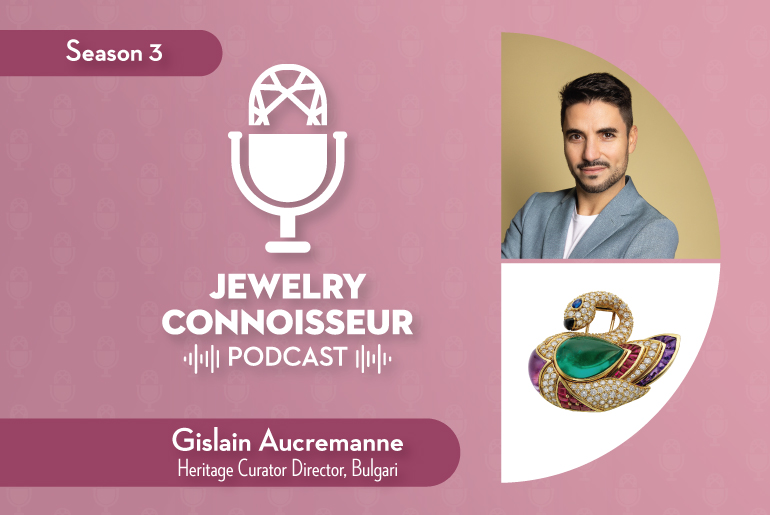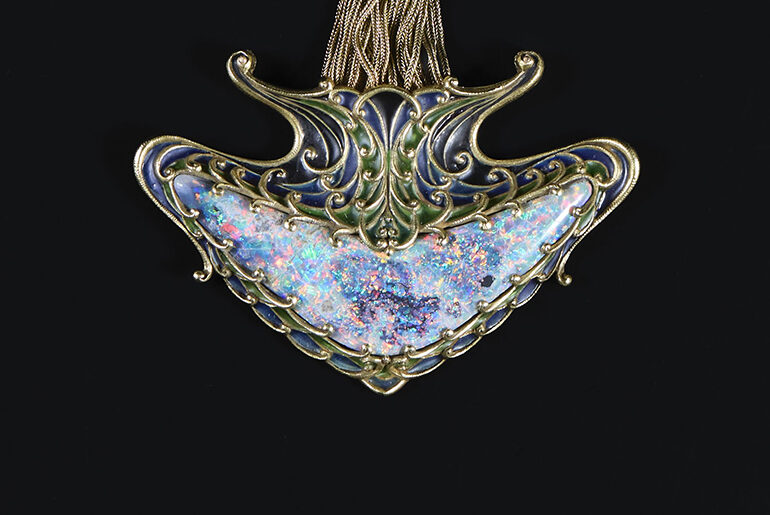A new show explores how the cabochon cut become the hallmark of the luxury Italian brand.
Bulgari is hosting an exhibition dedicated to cabochons at the Domvs space in its historic Via Condotti 10 boutique in Rome. The display pays tribute to the Italian jeweler’s iconic dome-shaped, cabochon-cut gemstones, showcasing the brand’s deep-rooted Roman heritage and its unwavering dedication to fine craftsmanship.
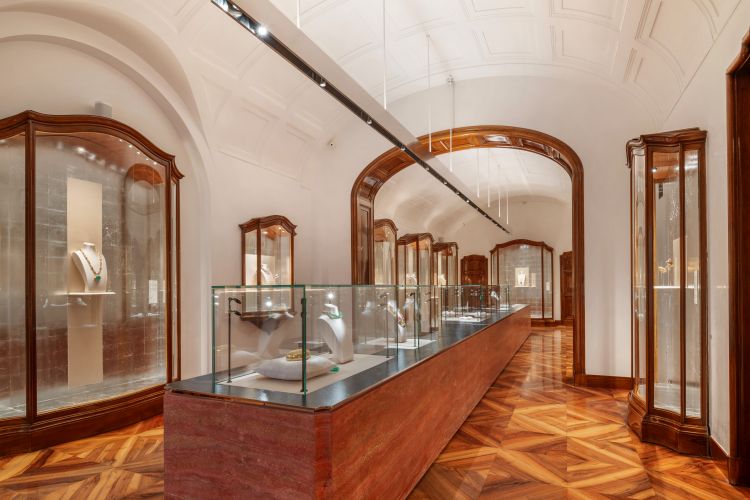
The term cabochon is derived from the French word caboche, signifying “head” — a nod to its distinctive shape. This technique, spanning from China via India to the Mediterranean basin, was a favored practice among artisans. It gained popularity with select 19th-century jewelers, including Greek native Sotirio Bulgari. However, it was under the stewardship of Sotirio’s sons, Costantino and Giorgio, that the cabochon cut evolved into a hallmark of the Bulgari brand.
From the late 1950s onward, Bulgari developed its signature style with the use of the cabochon. Featuring jewels, sketches and memorabilia from the Bulgari Heritage collection, the exhibition narrates the maison’s enduring romance with lapidary art. Bulgari plans to organize three exhibitions per year, which will be open to the public.
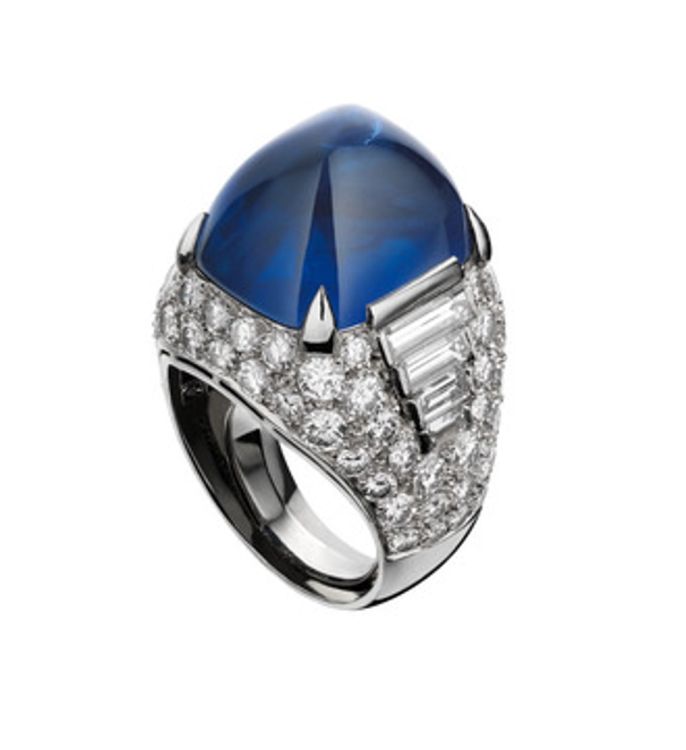
Here Gislain Aucremanne, heritage curator director at Bulgari, discusses the “Cabochon” exhibition, which takes place until mid-May.
What is the show’s educational mission?
Education is of paramount importance. Consequently, the exhibition welcomes everyone, not just a select group of clients. Our aim is to enlighten visitors about the stylistic significance of cabochon-cut gemstones and their role in epitomizing Bulgari’s evolving designs. Rather than adhering to a chronological format, the exhibition takes visitors on a journey through three central themes: color, volume and proportion.
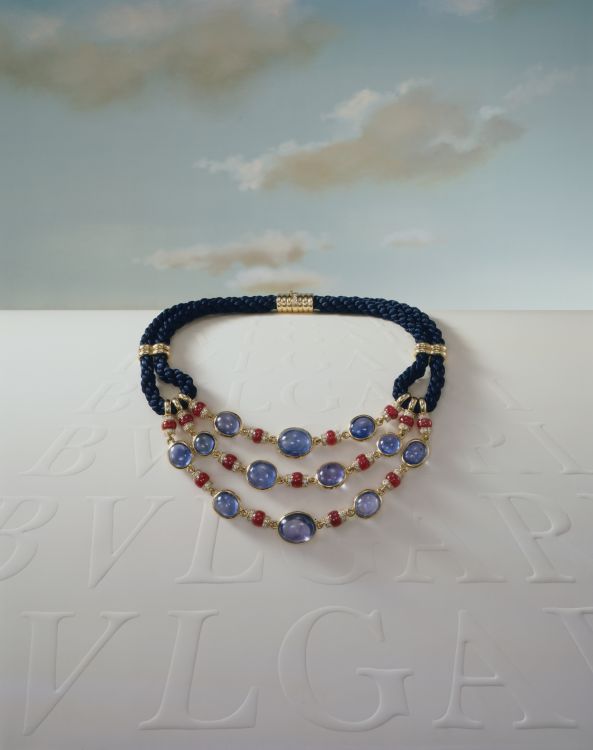
What aspects of the history of Bulgari do you showcase?
This exhibition provides a comprehensive overview of the history of the maison, beginning with a belt buckle from 1880. It illustrates how they were at the forefront of innovation, even during the Art Deco period. Highlighted within the exhibit is an Art Deco bracelet crafted in platinum that embodies the era’s defining features, yet it distinguishes itself with the cabochon-cut of rubies. Bulgari boldly utilized this cut, traditionally reserved for less precious stones, showcasing its pioneering spirit. The influence of Indian culture on their designs is notably significant. A remarkable instance of this inspiration came when Paolo Bulgari acquired the top of an Indian perfume bottle adorned with an exquisite Colombian emerald of over 300 carats. This extraordinary stone became the centerpiece of a 1970s sautoir, a testament to Bulgari’s artistry, blending emeralds, rubies and diamonds with yellow gold in a dazzling display of craftsmanship.
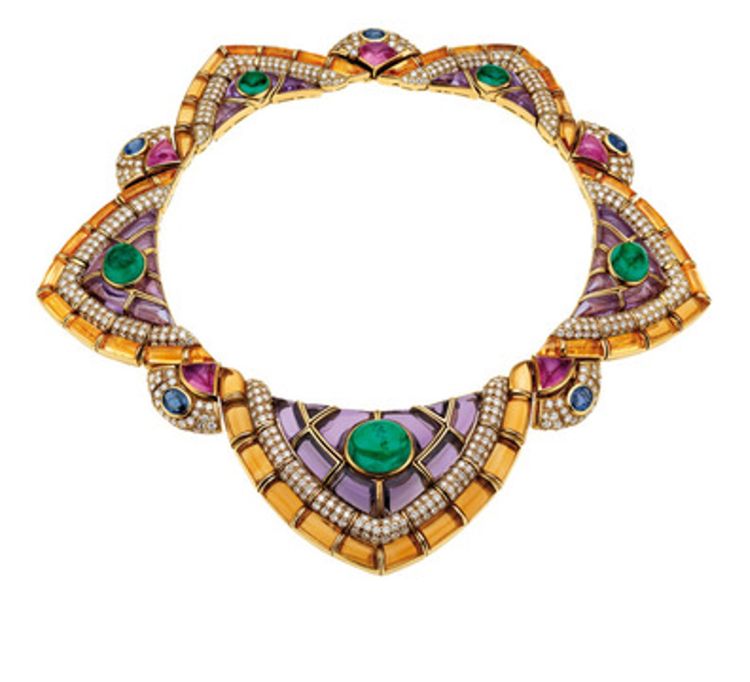
What is special about the Domvs exhibition space?
This space holds a unique significance for two reasons: First, it embodies a rich history. The boutique has been a landmark since the era of Sotirio, later transformed by his sons, who introduced the expansive display cases. Historically, the Gallery Heritage was devoted to showcasing silver; we’ve chosen to retain the silver hue in the display windows to distinguish this area from the retail sections. The choice of a distinct background color for the windows pays homage to its historical roots while welcoming visitors into the Domvs area, blending tradition with a nod to the boutique’s heritage.
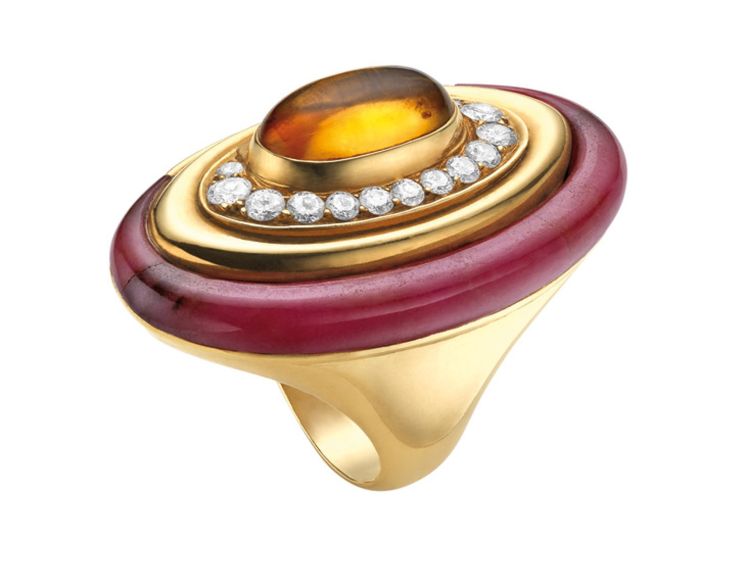
Is there a specific piece you’d like to highlight?
I would like to share some fascinating details about the sautoir gifted to Elizabeth Taylor by Richard Burton. This exceptional piece features a striking sugarloaf cabochon — a variation of the cabochon-cut known for its polished, rounded surface — accentuated by a subtle violet hue that echoes the distinctive color of Elizabeth Taylor’s eyes. This creates a chromatic link between the legendary actress and the exquisite necklace, symbolizing a blend of beauty and elegance.
Additionally, I’d like to delve into the origins of cocktail rings, a trend that traces back to America during the 1920s. The era of Prohibition made the consumption of alcohol illegal, giving rise to numerous parties where cocktails were served to mask the presence of alcohol. Women attending these illicit gatherings often wore flamboyant, colorful rings that epitomized the joie de vivre of the time. These rings were not just accessories but statements of style, celebration and a pronounced sense of volume, reflecting the spirited defiance and elegance of the era.
Main image: Swan brooch set with a cabochon emerald. (Bulgari)

